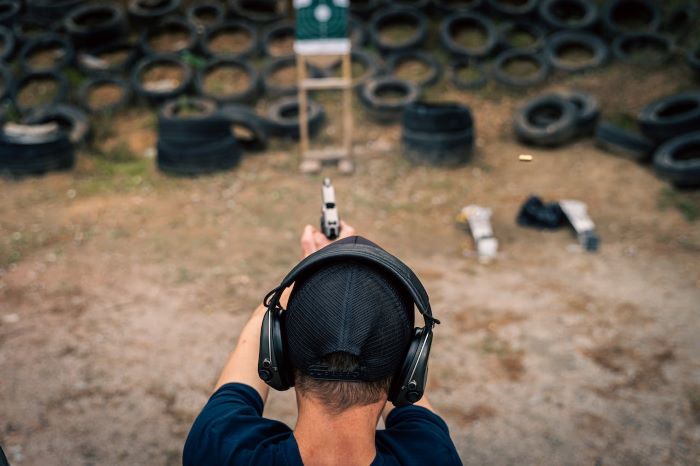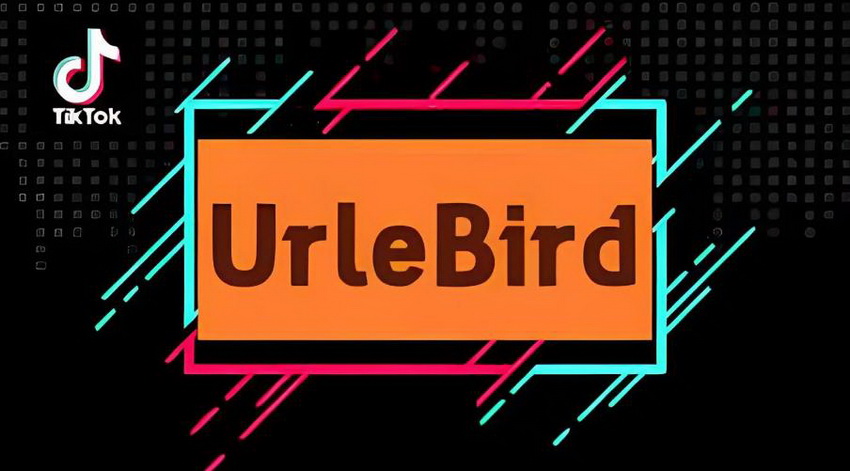In the realm of education, conflicts between students and authority figures are not uncommon. These encounters, while challenging, provide valuable opportunities for growth, understanding, and resolution. One such instance occurred when Emma found herself in a heated disagreement with Principal Figgins. Let’s delve into this scenario and explore how conflicts can be effectively addressed and resolved in an educational setting.
The Setting
Emma, a bright and outspoken high school student, found herself at odds with Principal Figgins during a discussion about school policies. As an advocate for student rights and voice, Emma voiced her concerns passionately, but her fervor clashed with Principal Figgins’ more conservative approach to discipline and authority.
Understanding the Conflict
At the heart of the conflict between Emma and Principal Figgins were differing perspectives on disciplinary measures, student autonomy, and the role of authority in education. Emma believed in the importance of student input and autonomy, while Principal Figgins prioritized maintaining order and adherence to established rules and protocols.
Communication Breakdown
The conflict between Emma and Principal Figgins escalated due to a communication breakdown. Both parties were entrenched in their respective positions, making it difficult to find common ground or engage in constructive dialogue. Misunderstandings, assumptions, and emotional reactions further fueled the tension between them.
Conflict Resolution Strategies
Active Listening
To resolve the conflict, both Emma and Principal Figgins needed to practice active listening. This involved genuinely hearing and understanding each other’s perspectives without interrupting or dismissing each other’s concerns. By actively listening, they could establish a foundation of mutual respect and empathy.
Open Dialogue
Open and honest dialogue was essential for addressing the underlying issues fueling the conflict. Emma and Principal Figgins needed to engage in a constructive conversation where they could express their viewpoints, ask clarifying questions, and seek common ground. This dialogue would foster understanding and pave the way for finding solutions.
Compromise and Collaboration
Finding a resolution required both parties to be willing to compromise and collaborate. Emma and Principal Figgins needed to identify areas of agreement and explore creative solutions that addressed their respective concerns. By working together, they could develop policies and procedures that balanced student autonomy with the need for order and discipline.
Resolution and Growth
Through patience, empathy, and a willingness to engage in meaningful dialogue, Emma and Principal Figgins were able to resolve their conflict amicably. They found common ground on key issues and implemented changes that better reflected the needs and perspectives of students while upholding the school’s values and standards. In doing so, they not only resolved their immediate conflict but also fostered a culture of mutual respect, understanding, and growth within the school community.
Conclusion
Conflicts between students and authority figures are inevitable in educational settings, but they also present valuable opportunities for growth, understanding, and collaboration. By practicing active listening, engaging in open dialogue, and embracing compromise and collaboration, conflicts can be effectively addressed and resolved, ultimately fostering a positive and inclusive learning environment for all.




